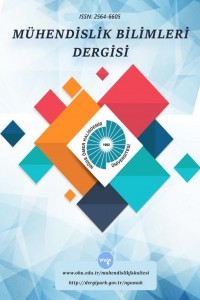
Niğde Ömer Halisdemir Üniversitesi Mühendislik Bilimleri Dergisi
Yazarlar: Ahmet Refah TORUN
Konular:Malzeme Bilimleri, Ortak Disiplinler
DOI:10.28948/ngumuh.598116
Anahtar Kelimeler:Hybrid cord,Commingling process,Tire
Özet: Within the scope of this study, a new method was developed to produce hybrid cords for ultra high performance (UHP) utility vehicles. The necessitated low modulus of elasticity is generated with a straight Polyamide (PA) yarn in an air-jet texturizing device. Aramid (AR) yarn adds the high modulus of elasticity after the 3% elongation during the vulcanization process. The buckling and long term resilience property is created through appropriate twisting after the commingling process. Results of tensile tests show good match between the curves of the structures and the aimed curves from numerical analysis.